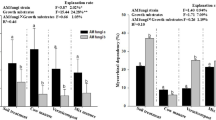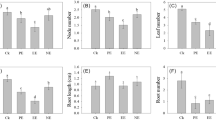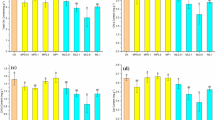Abstract
Biological invasion has become a serious global environmental problems and been considered as an important component of global change^1-2^. Invasions by alien species can have an impact at several levels of ecological complexity from genes to ecosystems^3-4^. Invasive alien species had seriously threated the biodiversity and natural ecosystems in China^5^, and caused economic losses by more than US$7 billion every year^6^. Alternanthera philoxeroides, commonly known as Alligator weed, is an invasive amphibious plant^7^. The effect of physical methods such as mechanical or artificial salvage, removal of A. philoxeroides were very limited. Moreover, these measure should be carried out very carefully or would easy lead to its rebound^8^. The mainly biological control methods of A.philoxeroides is the introduction of natural enemies including Arcola malloi and Amynothrips andersoni^9^. However, the introduction of natural enemies had little control effect on A. philoxeroides especially in terrestrial conditions, where the stems of A. philoxeroides lignified^9-12^. Here we found that Humulus Scandens (H. japonicus) can better inhibit the invasion of A. philoxeroides by means of interspecific competition which could be an ideal biological control method to control the invasion of A. philoxeroides.
Similar content being viewed by others
Article PDF
Author information
Authors and Affiliations
Rights and permissions
About this article
Cite this article
Cao, Y., Wang, H. An innovative method for the biological control of Alternanthera philoxeroides. Nat Prec (2010). https://doi.org/10.1038/npre.2010.5267.1
Received:
Accepted:
Published:
DOI: https://doi.org/10.1038/npre.2010.5267.1



